15 Most Profitable Animals For Your Farm
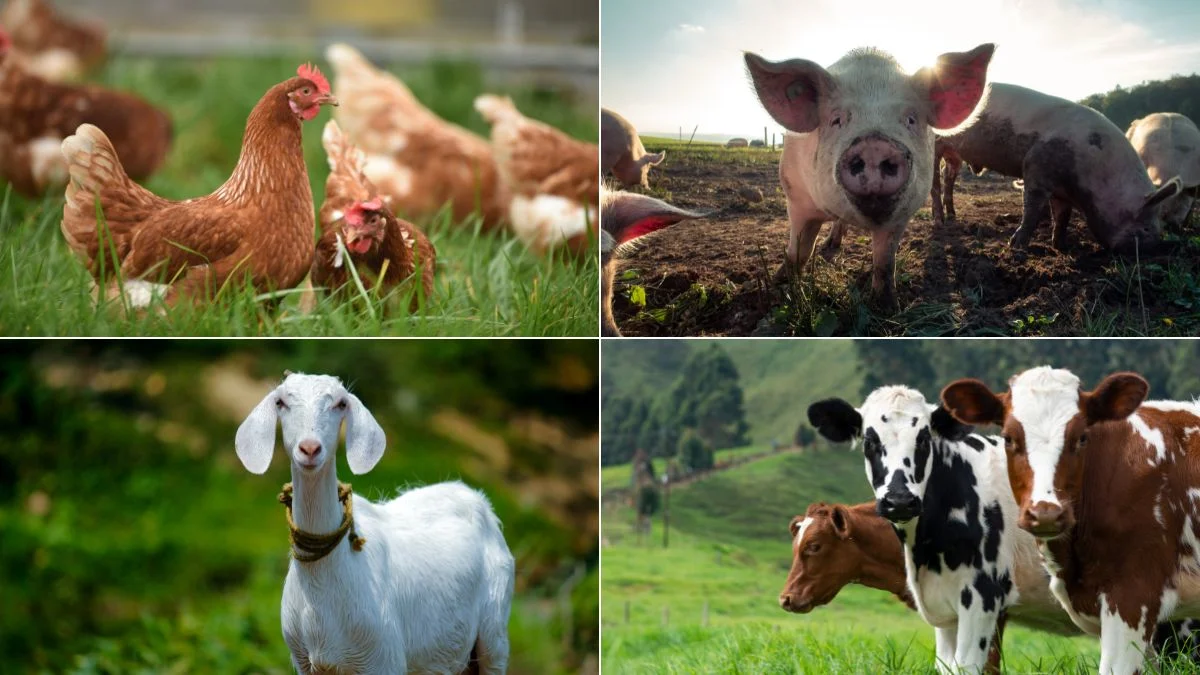
Stepping onto the lush, green pastures of your farm, one might wonder, which animals could turn these verdant acres into a thriving, profitable enterprise? Not all livestock is created equal when it comes to profitability, and the choice can make a significant difference in your farm’s bottom line.
In this article, we’ll explore the most profitable animals to raise on your farm. With the right choices, your farming venture could become a fruitful endeavor that sustains not just your family, but also contributes meaningfully to the local economy.
Chicken
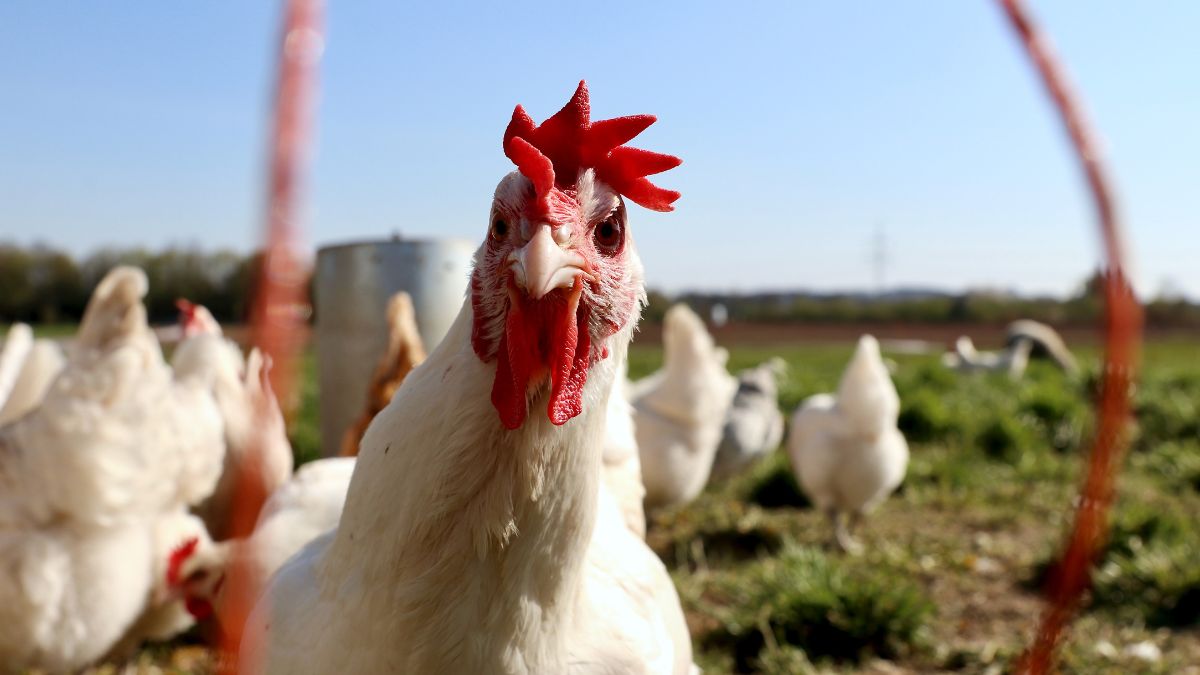
Chickens are one of the most profitable animals to raise on your farm due to their low maintenance requirements and high productivity. You can raise them for their eggs, meat, or both, depending on market demands. With each hen capable of laying upwards of 200 eggs a year, selling eggs can turn a steady profit. Add to that the potential income from selling chicken meat – a mature broiler chicken could fetch around $15-20. These numbers, when scaled, present a robust profitability model for chicken farming.
Keeping chickens also has auxiliary benefits like pest control and manure production, which can save costs or generate extra income as organic fertilizer. Additionally, heritage and specialty breeds, like Ayam Cemani or Sussex, can command high prices from enthusiasts and breeders. Their eggs and meat can also fetch a premium price in gourmet and niche markets, enhancing profitability further.
Dairy Cows

If you have more land to spare, dairy cows could be an appealing choice. A single dairy cow can produce around 6 to 7 gallons of milk per day. Considering that the average price for a gallon of milk stands at around $3.50, a herd of 10 cows could earn you more than $200 per day. This, however, doesn’t take into account the costs of feeding and maintaining the cows, which would need to be deducted from gross earnings.
Beyond milk production, dairy cows offer multiple streams of income. Calves can be sold for meat or as future dairy producers. Cow manure can be sold or used to enrich your farm’s soil. Additionally, organic, grass-fed, and specialty milk products like cheese or yogurt can command premium prices, contributing to higher profits.
Goats
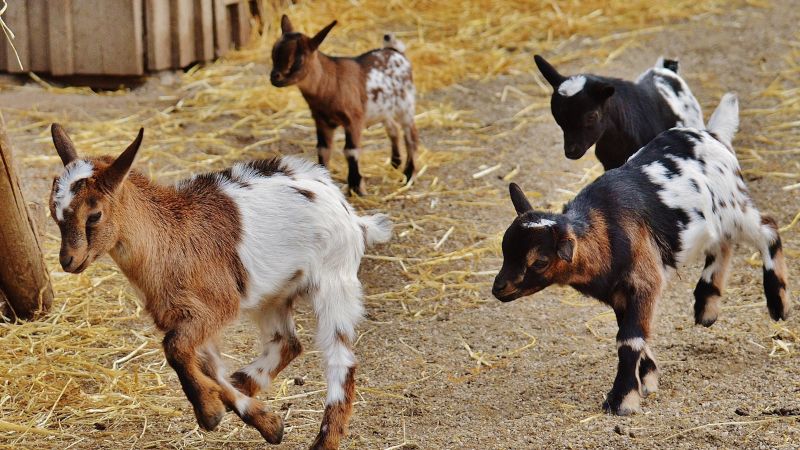
Goats are another versatile and profitable choice for your farm. Meat goats, like the Boer breed, can fetch around $1.50-$2.00 per pound, with mature goats weighing between 200-300 pounds. Goat milk also has a profitable market, especially for making cheese and soap, with a gallon fetching around $8-$12.
Like cows, goats offer multiple income streams. Baby goats, or kids, can be sold, and manure can be used or sold as fertilizer. Moreover, certain breeds like the Angora or Cashmere goats produce valuable fiber that’s sought after in the textile industry. This could provide an additional, lucrative income stream for the diligent farmer.
Pigs
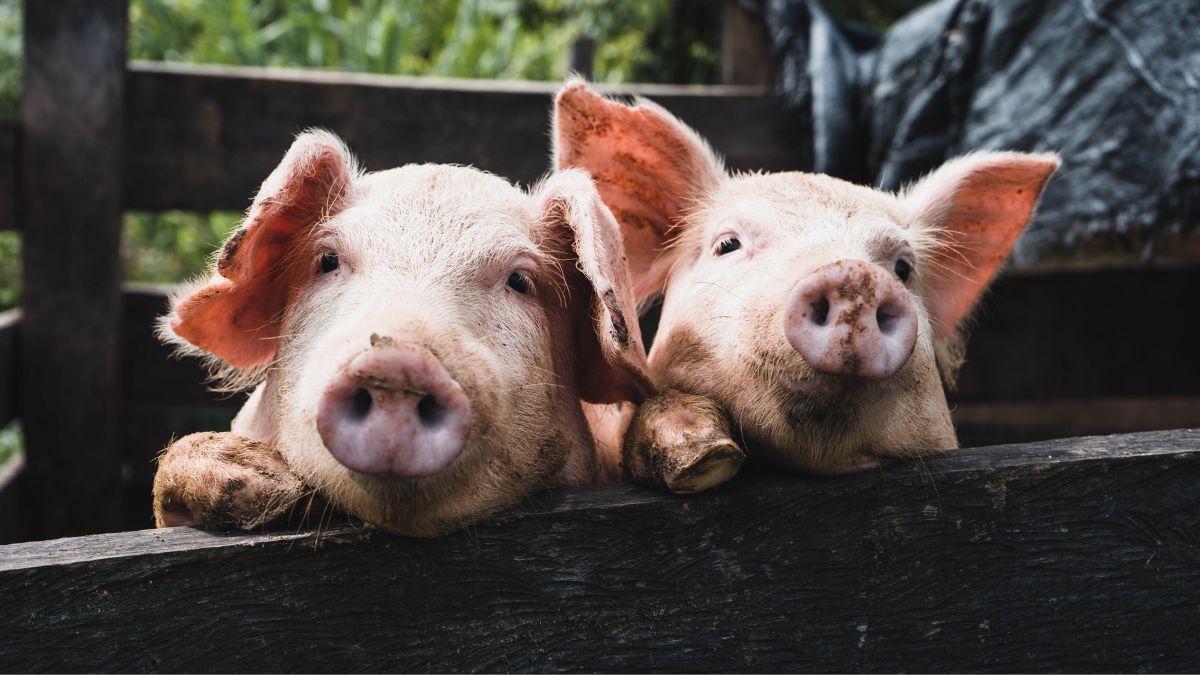
Pigs are a high-profit farm animal due to their rapid growth and high meat-to-bodyweight ratio. Depending on the breed and quality, a pig can fetch $150-$700 at market. A sow can breed two times a year and typically has 6 to 12 piglets per litter, potentially multiplying your profits quickly.
Pigs also generate income from manure sales and from selling piglets to other farmers. Moreover, there’s a growing demand for pasture-raised, organic pork, which commands a premium price. If you can tap into this market, the profitability of pig farming can be significantly enhanced.
Bees

If you’re looking for an option that requires less land and resources, consider beekeeping. Honey bees provide honey and beeswax, two high-demand products. A single beehive can yield 20 to 60 pounds of honey per year, selling for about $7 per pound. Beeswax, used in cosmetics and candles, can sell for around $6 per pound.
In addition to direct sales, bees provide a critical pollination service that could increase your crop yields. There’s also a growing market for renting beehives to other farmers for pollination services, providing another income stream.
Rabbits

Rabbits are small, quick-breeding animals that can provide a significant return on investment. Meat from rabbits sells for around $6-$8 per pound, and a single doe can produce up to 320 pounds of meat in a year from her offspring. With their high reproduction rate, rabbits can provide a steady income.
Besides meat, rabbits also produce valuable fur and wool (in the case of breeds like Angora rabbits). Rabbit manure is also highly sought after as a top-grade fertilizer, adding another income stream.
Ducks

Ducks offer several revenue streams. Not only are they a source of meat, selling for about $20-$30 per bird, but their eggs are also in high demand. A single duck can lay 200-300 eggs per year, which can sell for a premium over chicken eggs, often around $6-$8 per dozen.
Furthermore, certain duck breeds like the Indian Runner are excellent for pest control. They can help maintain a healthy farm ecosystem while reducing your costs for pest control.
Turkeys
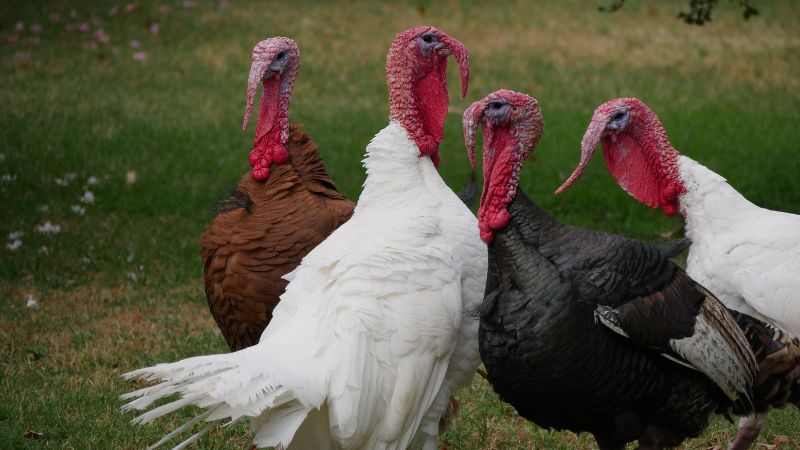
Turkeys are a profitable choice due to the high demand for their meat, particularly around holidays. A mature turkey can sell for $1.50-$2.50 per pound, and they typically weigh between 15-20 pounds, but larger breeds can reach over 40 pounds.
Turkeys also lay eggs, although not as prolifically as chickens or ducks. These eggs can fetch a higher price in specialty markets. Plus, turkey manure makes excellent fertilizer, adding another revenue stream.
Sheep
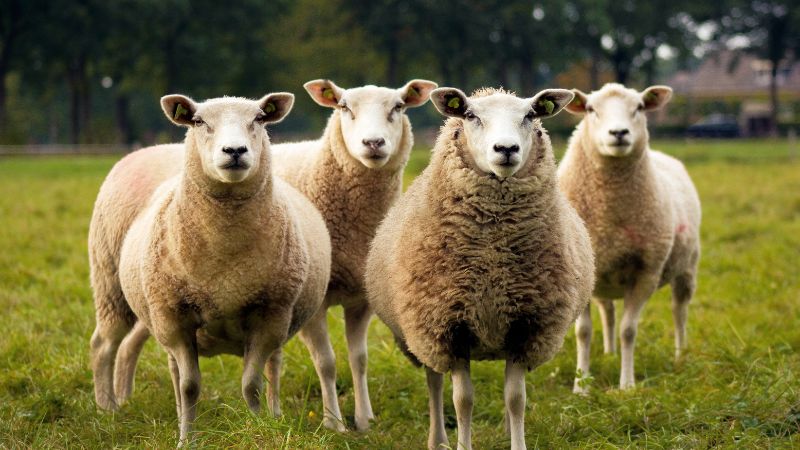
Sheep are versatile farm animals offering several income streams. Meat from a mature sheep can sell for around $150-$250, depending on the breed and weight. Sheep’s milk is highly valued, particularly for cheese making, with a pound of sheep’s cheese fetching $15-$20.
The most well-known product from sheep, wool, can also be quite profitable. The price for wool can vary greatly depending on the quality, but it generally fetches around $6-$8 per pound. Certain breeds like Merino sheep produce high-quality wool that can fetch a premium price.
Alpacas
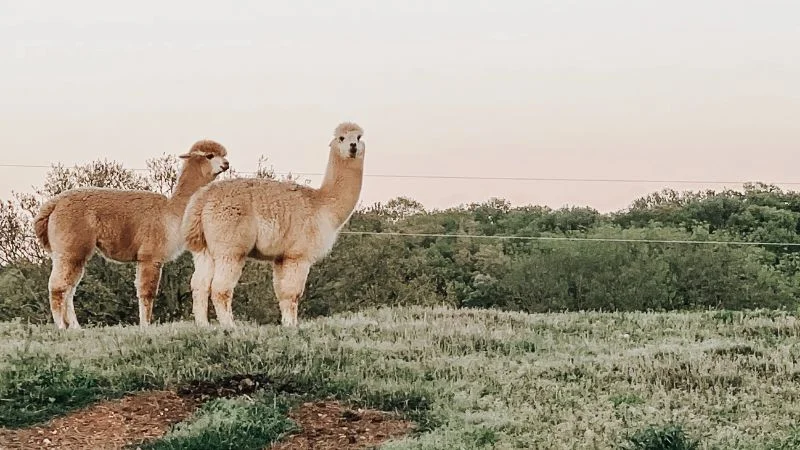
Alpacas are known for their valuable fiber, which is warmer, lighter, and softer than wool. A single alpaca can produce 5 to 10 pounds of fiber per year, selling for $3-$5 per ounce.
In addition to fiber, alpacas can also generate income from breeding. High-quality, pedigree alpacas can sell for thousands of dollars. Alpaca manure, often sold as “alpaca beans,” is a potent and popular fertilizer that can also generate income.
Quails
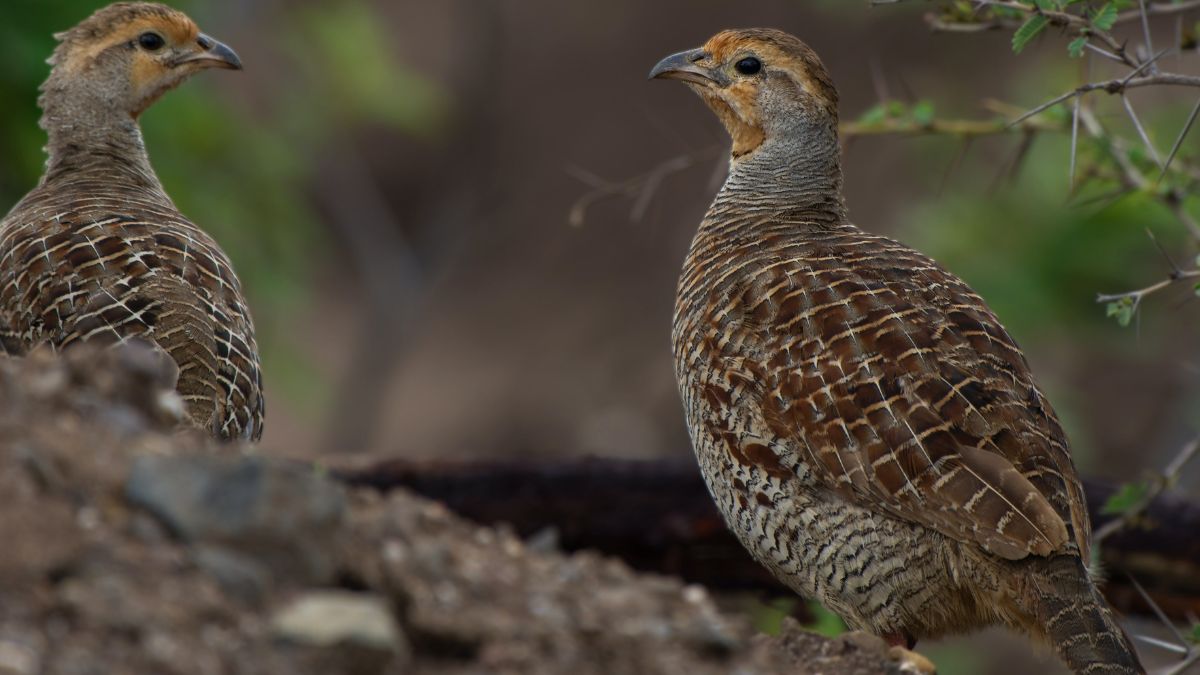
Quails are small birds that offer big potential profits. Known for their eggs, quails can lay around 200-300 eggs per year, which can sell for about $3-$5 per dozen. Quail meat is also a delicacy and can fetch around $15-$20 per bird.
Quails are efficient feeders, requiring less feed per pound of meat produced compared to larger poultry. They also mature quickly, making them an excellent option for quick turnover and continuous profit.
Fish

Fish farming, or aquaculture, is becoming increasingly popular and can be quite profitable. The most commonly farmed fish, like catfish, tilapia, or trout, can sell for $3-$5 per pound. Fish farming can also be paired with hydroponic vegetable growing in a system known as aquaponics, providing another source of income.
Fish waste can serve as an organic fertilizer, reducing costs or providing an additional income stream if sold. However, be aware that fish farming requires specific knowledge and equipment to maintain water quality and fish health.
Earthworms

Earthworm farming might not be the first thing that comes to mind, but it’s a highly profitable venture due to the growing demand for organic farming and gardening. Earthworms produce vermicompost, a rich soil amendment valued by organic farmers and gardeners. A pound of worms can be sold for around $30, and they double their population every 60-90 days.
Additionally, earthworms can be sold as bait to fishing shops. While it requires a small space, earthworm farming does need proper management to maintain the worm’s health and the quality of the compost.
Snails
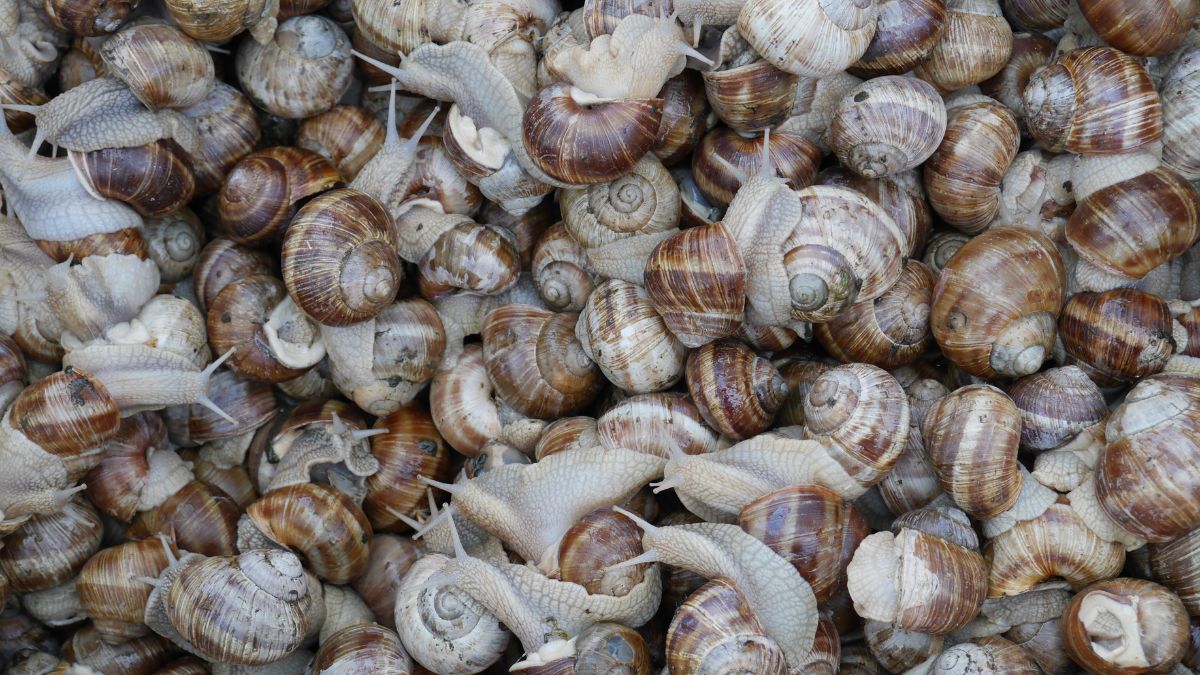
Snail farming, or heliciculture, is a niche market that offers high profit potential. Snails are in demand for their meat, fetching up to $5 per pound. Moreover, snail slime is highly sought after in the cosmetic industry, with a gram of purified slime selling for as much as $100.
Snails reproduce rapidly, ensuring a consistent supply. However, they require specific conditions to thrive, including the right temperature, humidity, and food, so research and planning are essential.
Ostriches
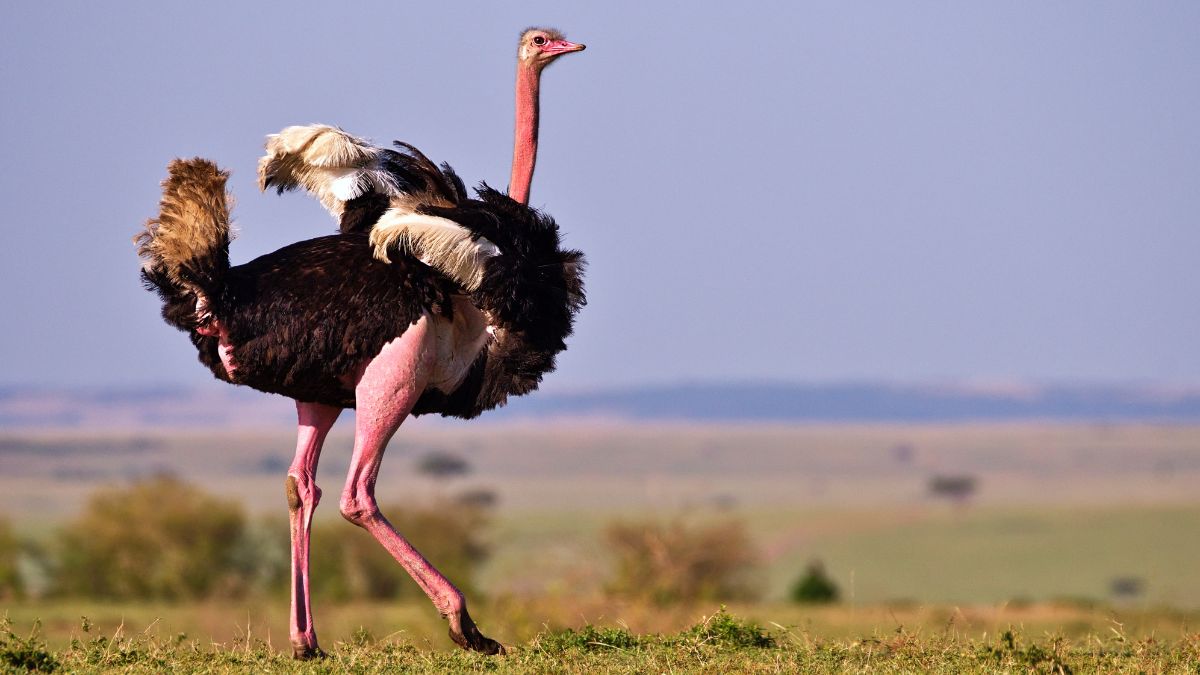
Ostrich farming is another high-profit venture. Ostriches provide several revenue streams including meat, feathers, and hides. Ostrich meat sells for about $15 per pound, while an ostrich hide can fetch up to $500. The feathers, used in fashion and decor, can also bring in a decent income.
Furthermore, ostriches lay large eggs that can be sold for a high price, often between $40-$50 per egg. Breeding ostriches can also be quite profitable, with chicks selling for several hundred dollars each. However, raising ostriches requires specific knowledge and facilities to ensure their health and safety.

